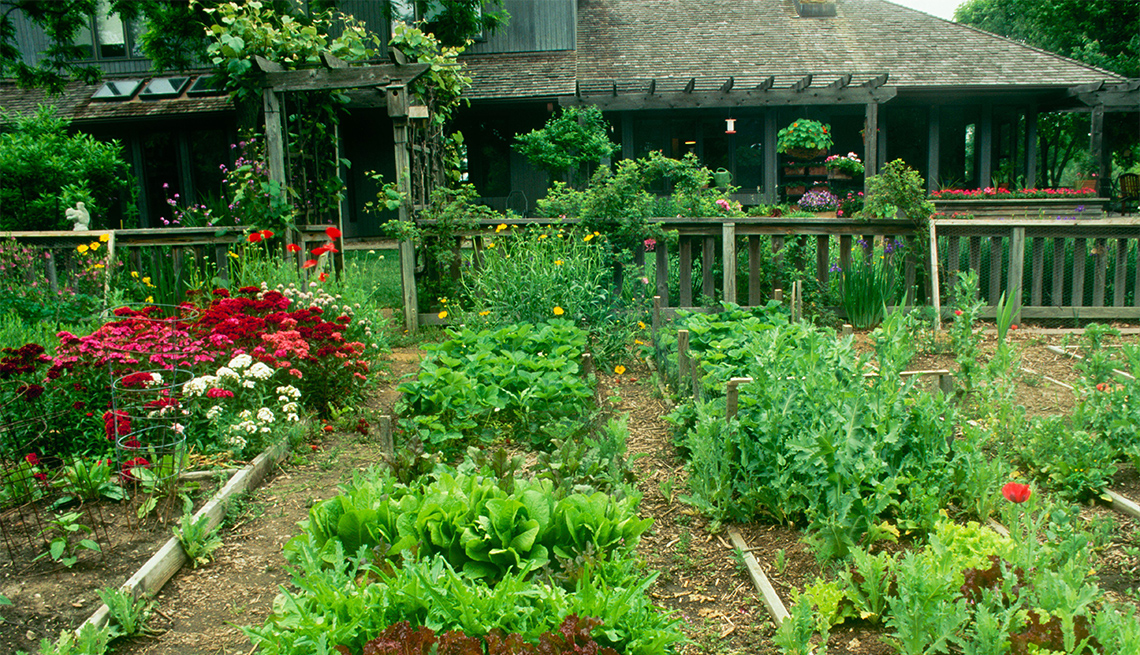
- Select a language for the TTS:
- UK English Female
- UK English Male
- US English Female
- US English Male
- Australian Female
- Australian Male
- Language selected: (auto detect) - EN
Play all audios:
“Gardens are a wonderful strategy to increase community-based food security,” says Rose Hayden-Smith, food historian and author of _Sowing the Seeds of Victory: American Gardening Programs
of World War I_. “Small contributions [from individual gardeners] in the collective can have an enormous impact." NATIONAL MOVEMENT, LOCAL PRODUCE Eve Greenfield makes good use of her
available garden space. Courtesy Eve Greenfield Eve Greenfield makes good use of her available garden space. Courtesy Eve Greenfield Victory Gardens have also emerged as a popular option for
those who want access to fresh produce while cutting down on trips to the supermarket. At the start of the pandemic, 73 percent of Americans were shopping less and more than one-third were
eating less produce and more processed foods, according to C+R Research. "A good, productive garden produces a tremendous amount of food,” says Dave Whitinger, executive director of the
National Gardening Association. “When you're growing [vegetables] at home, you don't have to buy them from the store." Novella Carpenter, adjunct professor of urban farming
at University of San Francisco and worker/owner at BioFuel Oasis, an urban farm store in Berkeley, California, has witnessed communities coming together around gardening. "There are a
lot of tables popping up in the community with free vegetables,” she says. “Gardening makes you want to share." In addition to giveaway tables, Carpenter has noted an uptick in the
number of “crop swaps” where gardeners trade seeds, root cuttings and vegetables from their gardens. This builds a sense of community and the events help gardeners access fresh produce and
add diversity to their diets — all thanks to local gardeners. Gardeners who grow more produce in their Victory Gardens than their families need can donate the excess. Hayden-Smith suggests
calling local or regional food banks and church food pantries to ask about guidelines for donating fresh produce. Carpenter encourages gardeners to start plant sales and crop swaps to get
more fresh food into local communities. Greenfield has big plans for her garden this year. She purchased extra seeds and plans to grow (and give away) even more fresh produce this season —
and she is encouraging others to do the same. Several members of her local gardening group, which grew from 400 to 1,300 members during the pandemic, have agreed to “grow a row” and donate
the produce to help fight hunger. "Planting vegetables in a little corner of your yard can determine whether someone in your community gets fresh produce or not,” she says. “We had a
lot of repeat visitors [last year], and I like to think that a few families in our community got a lot of fresh food thanks to our Victory Gardens."








